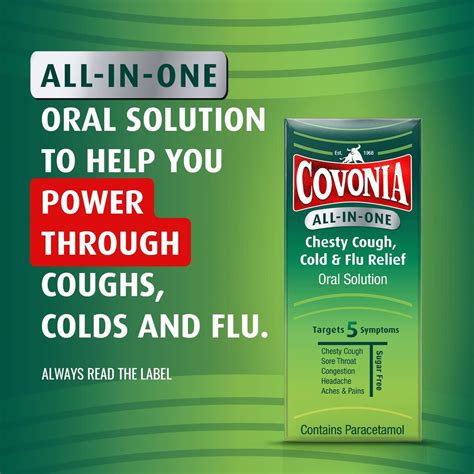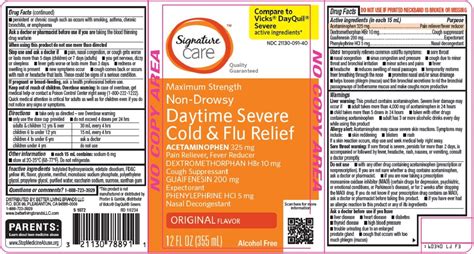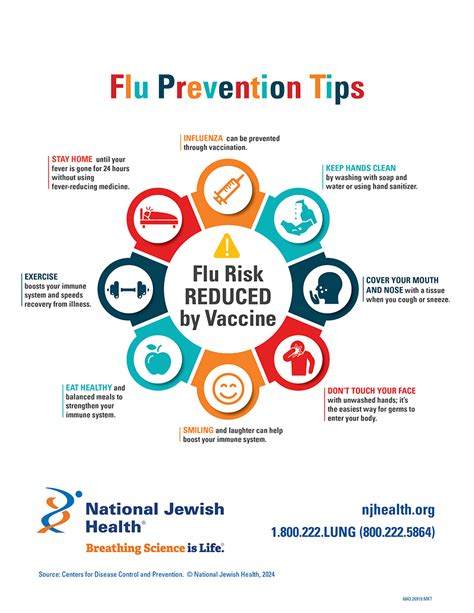Intro
Discover effective Flu Relief Solutions, including natural remedies, over-the-counter medications, and preventive measures to alleviate symptoms and boost immunity, offering fast and reliable cold and flu relief.
The flu, also known as influenza, is a highly contagious respiratory illness that affects millions of people worldwide every year. It can cause a range of symptoms, from mild to severe, including fever, cough, sore throat, runny or stuffy nose, muscle or body aches, headaches, fatigue, and vomiting or diarrhea. The flu can be a debilitating and frustrating experience, especially for those who are already vulnerable, such as the elderly, young children, and people with underlying health conditions. With the flu season typically lasting from October to May, it's essential to be prepared and know how to manage symptoms effectively.
The importance of finding effective flu relief solutions cannot be overstated. Not only can the flu disrupt daily life, but it can also lead to complications, such as pneumonia, bronchitis, and sinus and ear infections. Furthermore, the flu can have a significant economic impact, with the Centers for Disease Control and Prevention (CDC) estimating that the flu costs the United States approximately $10.4 billion in direct medical expenses and $16.3 billion in lost productivity each year. As such, it's crucial to explore various flu relief solutions, including over-the-counter medications, prescription medications, home remedies, and preventative measures.
Understanding the causes and symptoms of the flu is vital in developing effective relief solutions. The flu is caused by the influenza virus, which is spread through respiratory droplets that are released when an infected person coughs, sneezes, or talks. The virus can also be spread through contact with contaminated surfaces and objects. Symptoms of the flu can vary from person to person, but common symptoms include a high fever, chills, cough, sore throat, and muscle aches. In severe cases, the flu can lead to complications, such as pneumonia, acute respiratory distress syndrome, and even death.
Understanding Flu Relief Solutions

Flu relief solutions can be broadly categorized into two main types: pharmaceutical and non-pharmaceutical. Pharmaceutical solutions include over-the-counter medications, such as pain relievers, decongestants, and antiviral medications, as well as prescription medications, such as antiviral drugs and antibiotics. Non-pharmaceutical solutions, on the other hand, include home remedies, such as rest, hydration, and nutrition, as well as preventative measures, such as vaccination and good hygiene practices.
Pharmaceutical Flu Relief Solutions
Pharmaceutical flu relief solutions can provide quick and effective relief from flu symptoms. Over-the-counter medications, such as acetaminophen and ibuprofen, can help reduce fever, relieve pain, and alleviate congestion. Antiviral medications, such as oseltamivir and zanamivir, can help shorten the duration and severity of the flu. However, it's essential to note that pharmaceutical solutions should be used under the guidance of a healthcare professional, as they can have side effects and interact with other medications.Non-Pharmaceutical Flu Relief Solutions

Non-pharmaceutical flu relief solutions can be just as effective as pharmaceutical solutions, if not more so. Home remedies, such as rest, hydration, and nutrition, can help boost the immune system and alleviate flu symptoms. Rest, for example, can help the body recover from the flu, while hydration can help thin out mucus and soothe a sore throat. Nutrition, such as consuming foods rich in vitamin C and zinc, can help boost the immune system and reduce the severity of flu symptoms.
Home Remedies for Flu Relief
Home remedies can provide effective relief from flu symptoms, without the need for pharmaceutical medications. Some popular home remedies include: * Drinking plenty of fluids, such as water, tea, and soup, to stay hydrated * Getting plenty of rest to help the body recover * Using a humidifier to add moisture to the air and relieve congestion * Practicing good hygiene, such as washing hands frequently and avoiding close contact with others * Consuming foods rich in vitamin C and zinc, such as citrus fruits and oystersPreventative Measures for Flu Relief

Preventative measures can play a crucial role in reducing the risk of getting the flu. Vaccination, for example, can provide protection against the flu virus, while good hygiene practices, such as washing hands frequently and avoiding close contact with others, can help prevent the spread of the flu. Other preventative measures include:
- Avoiding touching the eyes, nose, and mouth, as these are common entry points for the flu virus
- Avoiding close contact with others, especially during peak flu season
- Staying home from work or school if symptoms persist
- Getting plenty of sleep and practicing stress-reducing techniques, such as meditation and yoga
Vaccination as a Preventative Measure
Vaccination is one of the most effective ways to prevent the flu. The flu vaccine can provide protection against the flu virus, while also reducing the risk of complications and hospitalization. The CDC recommends that everyone 6 months and older get vaccinated against the flu each year, with certain groups, such as the elderly, young children, and people with underlying health conditions, being at higher risk for complications.Managing Flu Symptoms

Managing flu symptoms can be challenging, but there are several strategies that can help. Over-the-counter medications, such as pain relievers and decongestants, can help alleviate symptoms, while home remedies, such as rest, hydration, and nutrition, can help boost the immune system. It's also essential to practice good hygiene, such as washing hands frequently and avoiding close contact with others, to prevent the spread of the flu.
When to Seek Medical Attention
While most cases of the flu can be managed at home, there are certain situations where medical attention is necessary. If symptoms persist or worsen over time, or if complications, such as pneumonia or bronchitis, develop, it's essential to seek medical attention. Other situations where medical attention is necessary include: * If you have a fever over 103°F (39.4°C) * If you have difficulty breathing or shortness of breath * If you have chest pain or pressure * If you have severe headache or confusion * If you have severe vomiting or diarrheaConclusion and Next Steps

In conclusion, flu relief solutions can provide effective relief from flu symptoms, whether through pharmaceutical or non-pharmaceutical means. By understanding the causes and symptoms of the flu, as well as the various relief solutions available, individuals can take control of their health and reduce the risk of complications. Whether through vaccination, good hygiene practices, or home remedies, there are several strategies that can help manage flu symptoms and prevent the spread of the flu.
We invite you to share your thoughts and experiences with flu relief solutions in the comments below. Have you found any effective home remedies or preventative measures that have helped you manage flu symptoms? Do you have any questions or concerns about flu relief solutions? Share your story and help others who may be struggling with the flu.
What are the most common symptoms of the flu?
+The most common symptoms of the flu include fever, cough, sore throat, runny or stuffy nose, muscle or body aches, headaches, fatigue, and vomiting or diarrhea.
How can I prevent the spread of the flu?
+You can prevent the spread of the flu by practicing good hygiene, such as washing your hands frequently, avoiding close contact with others, and avoiding touching your eyes, nose, and mouth.
What are some effective home remedies for flu relief?
+Some effective home remedies for flu relief include drinking plenty of fluids, getting plenty of rest, using a humidifier, and consuming foods rich in vitamin C and zinc.
